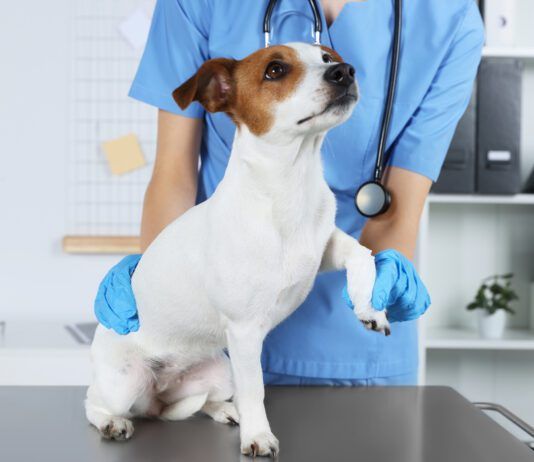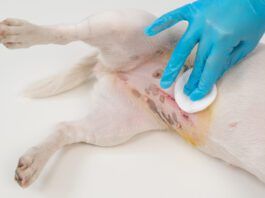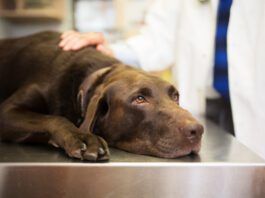How to Get Porcupine Quills Out of a Dog
Most dogs usually gently poke a porcupine with their nose or dab at it with a paw, walking away with a sore nose or foot and just a few quills to be pulled. But some dogs do go all out, attacking and killing the porcupine, leaving the scene with a face full of quills.
Pet Insurance vs. Wellness Plans
We’re always looking for ways to save money and with rising veterinary costs, saving money on your dog’s healthcare has never been more important. Pet insurance and dog wellness plans are growing in popularity as ways to lessen the sting of veterinary bills.
Can Dogs Have Strokes?
A stroke is an acute onset of one or more neurologic symptoms. It is caused by an interruption of blood flow to a particular section of the brain. Cerebrovascular accidents (CVAs) are major strokes while transient ischemic attacks (TIAs) are more minor.
Emergency: My Dog Ate Rat Poison
There are a few different types of rat poison, which is why it’s vitally important to know which kind your dog ate and hopefully approximately how much. Your veterinarian and Poison Control will use this information to formulate the best plan for saving your dog.
Understanding Veterinary Telemedicine and Teletriage
It’s the middle of the night and something is not quite right with your dog. You’re concerned but don’t know if your dog needs...
My Dog Ate an Onion!
Approximately 100 grams – about a half cup – of onion can be toxic to a 45-lb. dog. Onion powder is more concentrated, and therefore worse.
Cerenia for Dogs
Cerenia is a wonder drug for vomiting in dogs that blocks a neurotransmitter in the brain that triggers the vomiting reflex. You should never use Cerenia without consulting your veterinarian first. There are times when the ability to vomit can be lifesaving for dogs.
Hookworm in Dogs
Hookworm in dogs is a nasty parasite that can coexist with an adult dog for quite sometime, and spread. Recognizing the signs of hookworm infection is the best way to protect your dog, and other dogs too.
Ear Mites in Dogs
Ear mites in dogs cause an inflammatory reaction in their ear canals. The glands that line your dog’s ear canals ramp up production ear wax to drive out the ear mites and cause a discharge that can resemble coffee grounds.
Symptoms of Heartworm
Heartworm is a deadly parasite spread by the bite of a mosquito. The symptoms of heartworm becoming increasingly severe as the damage progresses. This damage is not fully reversible making prevention or early treatment critical.
The Giardia Parasite in Dogs
Symptoms of giardia in dogs include diarrhea, maldigestion, and malabsorption. The infection can be a minor nuisance or a royal pain to treat and totally clear.
Signs of a Torn ACL in Dogs
ACL (anterior cruciate ligament) injury is the most common cause of hindlimb lameness in a dog. The injury may involve partial tearing of the ligament or complete rupture.



















